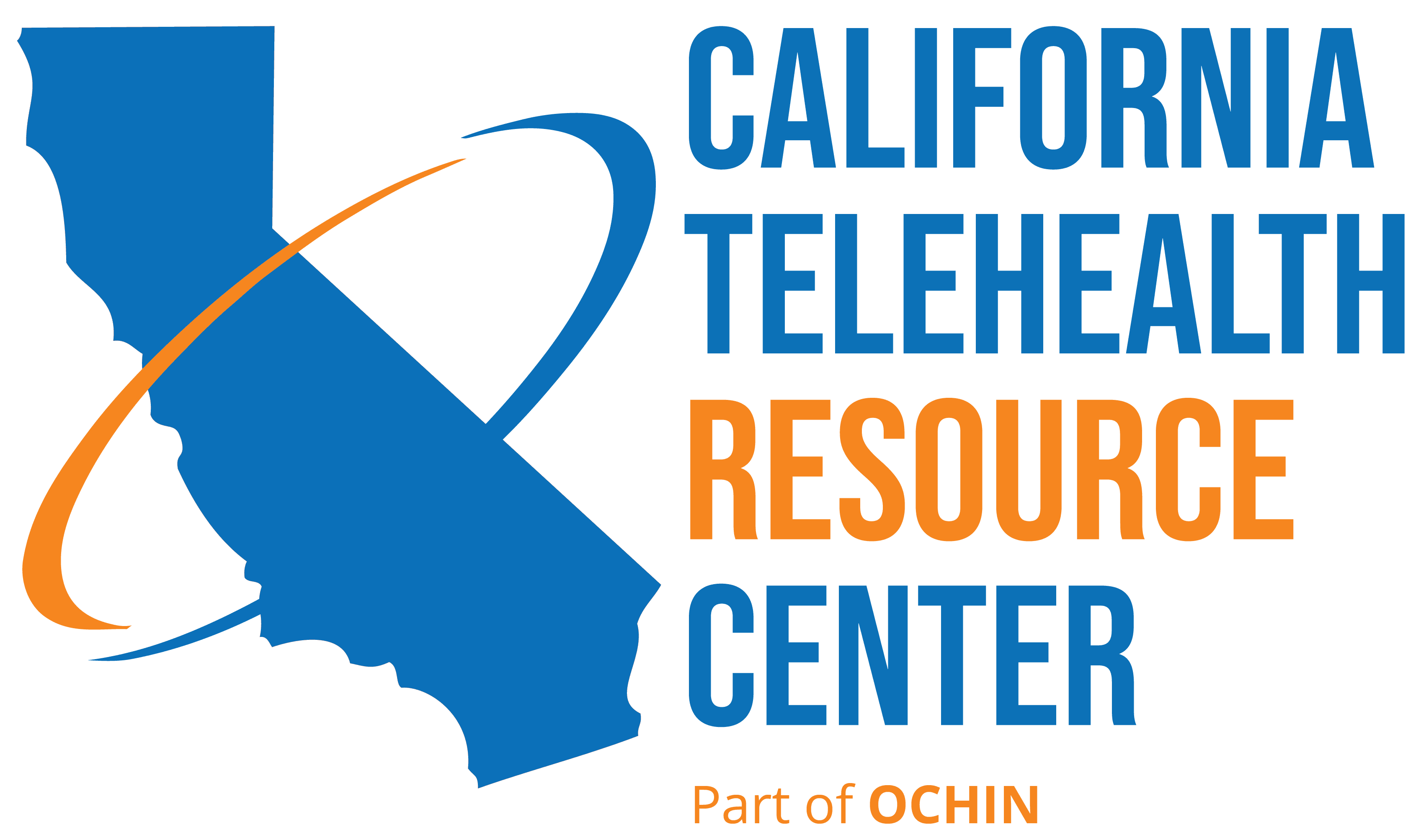California, known for its diverse geography and vibrant communities, faces a significant challenge in healthcare: access to specialty care. From the bustling urban centers of Los Angeles and San Francisco to the remote, rural regions of the Central Valley and the Sierra Nevada, patients across the state experience disparities in accessing specialists for conditions requiring advanced care. These gaps, driven by geographic, financial, and systemic barriers, threaten the well-being of countless Californians.
Enter digital health—a transformative solution that leverages technology to bridge these divides. By enabling virtual consultations, remote monitoring, and improved care coordination, digital health provides a lifeline for patients who otherwise might face long wait times, prohibitive travel, or lack of local resources. This blog explores the challenges of accessing specialty care in California, how digital health addresses these barriers, and the strategies needed to ensure access for all.
The Challenge: Access to Specialty Care in California
Accessing specialty care in California is a complex issue shaped by several interrelated factors:
- Geographic Disparities: California’s expansive geography means that many rural and underserved communities are located hours away from the nearest specialty care provider. For example, patients in Northern California’s remote counties often travel to urban centers for specialty services, creating significant logistical and financial burdens.
- Provider Shortages: The state faces a well-documented shortage of specialists, particularly in fields like rheumatology, endocrinology, and psychiatry. This shortage is especially acute in rural and low-income urban areas, where specialists are less likely to practice.
- Long Wait Times: Even for those with access to specialists, the wait times for appointments can stretch for weeks or months, delaying critical diagnoses and treatment plans.
- Financial Barriers: High costs associated with specialty care—ranging from copays to travel expenses—can prevent patients from seeking the care they need, especially in uninsured or underinsured populations.
- Language and Cultural Barriers: California’s diverse population includes many non-English-speaking patients, who may face additional challenges in navigating the healthcare system and communicating with providers.
These barriers underscore the urgent need for solutions that expand access to specialty care.
The Role of Digital Health in Expanding Specialty Care Access
Digital health technologies offer a transformative approach to addressing the specialty care gap in California. By leveraging telehealth, remote patient monitoring (RPM), and advanced data analytics, these tools can break down barriers and connect patients to the care they need.
1. Increasing Geographic Reach
Telehealth enables patients in rural and remote areas to consult with specialists without the need for travel. Through two-way synchronous audio/video technology, patients can receive expert diagnoses and treatment plans from the comfort of their homes.
2. Addressing Provider Shortages
Digital health can amplify the reach of specialists, allowing them to serve more patients across a broader geographic area. Tools like eConsult platforms enable primary care providers to collaborate with specialists electronically, streamlining care delivery and reserving in-person appointments for complex cases.
3. Reducing Wait Times
AI-powered triage systems can prioritize urgent cases, ensuring that patients with the most pressing needs are seen first. Virtual care platforms also allow specialists to provide care more efficiently, reducing appointment backlogs.
4. Overcoming Financial Barriers
Digital health reduces the costs associated with travel and missed work for in-person appointments. Many telehealth services are now covered by insurance, including Medi-Cal, making them more accessible to low-income patients.
5. Enhancing Language and Cultural Competency
Digital health platforms can be tailored to address language and cultural barriers, offering features like multilingual interfaces, translation services, and culturally competent care guides.
Implementation Strategies: Building a Digital Health Ecosystem for Specialty Care
Expanding digital health solutions to improve access to specialty care in California requires strategic planning and execution. Here are key steps to make this vision a reality:
1. Strengthen Broadband Infrastructure
Reliable internet access is essential for digital health adoption, particularly in rural areas where connectivity can be limited. Public-private partnerships and state funding initiatives can help expand broadband access.
2. Increase Provider Adoption
Encouraging specialists to embrace digital health tools is critical. This requires training programs, technical support, and highlighting the benefits of increased efficiency and patient reach.
3. Foster Collaboration
Partnerships between hospitals, clinics, and community organizations can amplify the impact of digital health programs. Regional telehealth networks can pool resources and share expertise to expand access.
4. Educate Patients
Patient awareness campaigns are crucial to ensure that communities understand the availability and benefits of digital health. These campaigns should be tailored to the cultural and linguistic needs of California’s diverse population.
5. Monitor and Evaluate
Ongoing evaluation of digital health programs is essential to measure their impact and identify areas for improvement. Metrics like reduced wait times, patient satisfaction, and health outcomes can guide program refinement.
The Future of Specialty Care Access in California
Digital health has the potential to revolutionize specialty care access in California, ensuring that all patients—regardless of location, income, or background—can receive the care they need. By addressing geographic disparities, reducing wait times, and fostering accessible care delivery, these technologies can create a more inclusive and sustainable healthcare system.
The California Telehealth Resource Center (CTRC) is committed to supporting healthcare providers and organizations in adopting and expanding digital health solutions. With free resources, training, and technical assistance, CTRC helps bridge the gap between patients and specialty care providers, ensuring that no community is left behind.
For more information on how CTRC can support your digital health initiatives, visit our website or contact us today. Together, we can build a healthier California—one patient at a time.






Leave a Comment